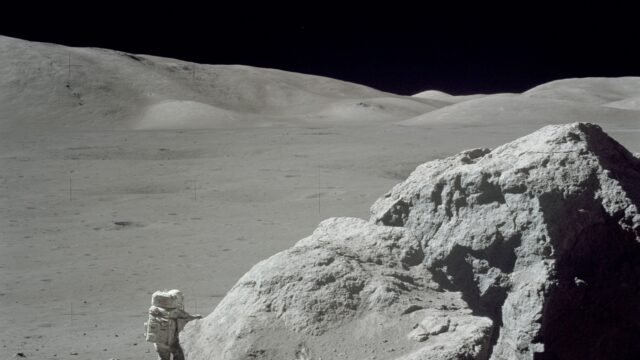Skyrora, located in Edinburgh, stated in mid-June that it had begun a series of full-duration tests in space-like settings to validate the updated design of its 70kN engine for its first commercial orbital launch.
The tests, which will be conducted at Skyrora’s test site in Midlothian, Scotland, will evaluate various parameters, including the life cycle.
They will be overseen by the company’s team of experts every week into the summer, where they will also test full operational envelope testing while the engine runs for 250 seconds.
This is the same amount of time that it will run in a real mission to reach orbit.
The absence of hardware damage and normal chamber pressures and thrust levels will indicate that the test succeeded.
A test article cycle involving data analysis, design revisions, and manufacture will follow in around three weeks.
The successful completion of the current round of trials will mark a key turning point in the company’s agreement with the European Space Agency’s Commercial Space Transportation Services and Support Programme.
According to Volodymyr Levykin, the CEO and Founder of Skyrora, “The new models of 3D printed engines are bringing Skyrora closer towards efficient commercial orbital launch. With our purpose-built rocket manufacturing and testing facilities in Scotland, we are proud to be localizing as much of the launch value chain as possible.”
“The new engine technology developed by Skyrora’s engineers and the commitment to a sustainable design is a testament to the innovation taking place in the UK space sector.”
Skyrora’s Updated 70 kN Engine Explained
The new 70 kN engine’s improved engine cooling chamber aids in improving cooling effectiveness, which extends the engine’s service life.
For the first time, the new 70kN engine was 3D printed using Skyrora’s Skyprint 2 device, cutting production time in half and lowering costs.
The 70 kN engines for Skyrora can now be made about 66% faster and 20% less expensive than the previous model.[1]
Upon qualification, the updated 70 kN engine will become the first ever commercial engine to use a closed-cycle staged combustion system run on a propellant combination of Hydrogen Peroxide and Kerosene.
While it has not been used historically due to its complexity, the higher specific impulse generated through this design will increase the engine’s overall efficiency.
Skyrora’s in-house additive manufacturing capabilities developed an updated engine design for the XL orbital vehicle, supported by ESA’s Boost! Program.
“Skyrora is making important progress towards the 70kN engine qualification, which is one of the key objectives of the pre-commercial launch service development activities supported by ESA’s Boost! Program,” said Jorgen Bru, the manager of Commercial Services at ESA.
“ESA is continuing to support Skyrora along the way to offer new commercial launch services for the benefit of a competitive space sector in Europe,” he added.
The machine, materials, and machining process for Skyprint 2 will be certified by the National Manufacturing Institute of Scotland, allowing third-party commercial use and diversifying Skyrora’s space market offerings.
How Skyrora is Scaling Up UK Space Travel and Making it Profitable
New 3D-printed engines are advancing Skyrora’s commercial orbital launch.
On the other hand, ESA’s Boost to the program will support the updated design for the first and second stages of the XL orbital vehicle.
Skyrora plans to increase engine production and scale up production after completing the engine qualification program.
They plan to build production engines to test the full first stage of Skyrora XL before a demo orbital launch.
“We’re coming very close to finalizing our engine qualification program after a long journey of technical progress, which will be a massive success for the team. This is a key milestone that will qualify one of the main subsystems of our orbital launch vehicle to the correct standards for commercial operations, and as such, is a significant step in the journey to orbital launch. This progress would not be possible without the hard work of the team, who have done an amazing job enabling rapid-fire testing,” said Dr. Marlow, The head of engineering at Skyrora
The company has already tested the third and second stages in 2020 and 2022, with the recent second stage test being the largest in the UK in half a century.
Skyrora is working with the CAA to progress their orbital launch vehicle license application, which they submitted last year.
Upon approval, the license will enable commercial launch operations from SaxaVord Spaceport in the Shetland Isles.
References
- Skyrora, ‘Skyrora 3D prints and tests new model of orbital engine to prepare for commercial launch’, 19 June 2023, https://www.skyrora.com/skyrora-3d-prints-and-tests-new-model-of-orbital-engine-to-prepare-for-commercial-launch/[↩]





